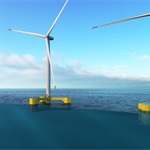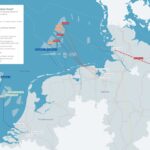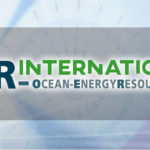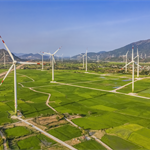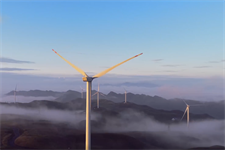Tennet unveils ambitious plan for DC superhighways and energy hubs
Energy Disrupter
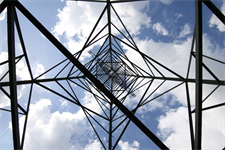
The target grid project translates 2050 climate goals into specific implications and principles for the grid, which Tennet said should be ready by 2045.
The transmission system operator proposed a network of direct current (DC) superhighways and energy hubs alongside a significantly improved existing alternating current (AC) grid.
The combination of energy hubs connected by superhighways will ensure grid stability while allowing renewable electricity from offshore wind farms, for example, to be transported over long distances to consumers and industry.
Tennet said: “Hubs and meshing are an essential part of the target grid. They are needed to realise almost all functions of an electricity grid: security of supply, grid stability and integration of offshore wind.”
“Target grid is designed to meet society’s growing electricity demand. This concrete image of the future electricity grid – with connections over land, at sea and between countries – has been missing until now,” the company added.
‘Enormous challenges’
According to Tennet, Germany and the Netherlands – the two countries where it is responsible for grid networks – both face “enormous and similar challenges”.
Electricity consumption will more than double, generation capacity will grow by a factor of five to ten and much higher levels of flexibility will be required, Tennet predicted.
For each country, approximately 70GW of offshore wind energy will have to reach industries and households in the Netherlands, Germany and across Europe as efficiently as possible. All of these challenges require a new approach to realise the high-voltage grid of the future in a timely manner, the firm added.
‘2030 is tomorrow’
“We can no longer afford to work at a defined pace from bottleneck to bottleneck. For grid development (onshore and offshore) at this scale and in a European context 2030 is tomorrow, 2040 is next week and 2050 is next month,” said Manon van Beek, Tennet’s chief executive.
Target grid is based on the highest electrification scenarios of the Dutch integrated infrastructure survey 2030-2050 and the German NEP2023 grid development plan, resulting in the Netherlands and large parts of Germany having a network configured to support a fully renewable energy system that is sufficiently robust to ensure security of supply.
Tennet said the target grid project will require development of an “unambiguous” strategy to 2050 including clear agreements between the North Sea countries. Additional location policy is needed to develop demand centres for energy at the right locations, and “timely licensing” to develop the energy corridors Tennet has proposed.
In addition, Target Grid recommends an adjustment of the electricity market model to facilitate cross-border exchange of electricity from offshore wind and to properly share its costs.
The supply chain for critical infrastructure components will come under pressure, according to Tennet, given the high global ambition for offshore wind and the limited supply of critical components, installation vessels and manpower. It recommends a coordinated European strategy for the long term.


